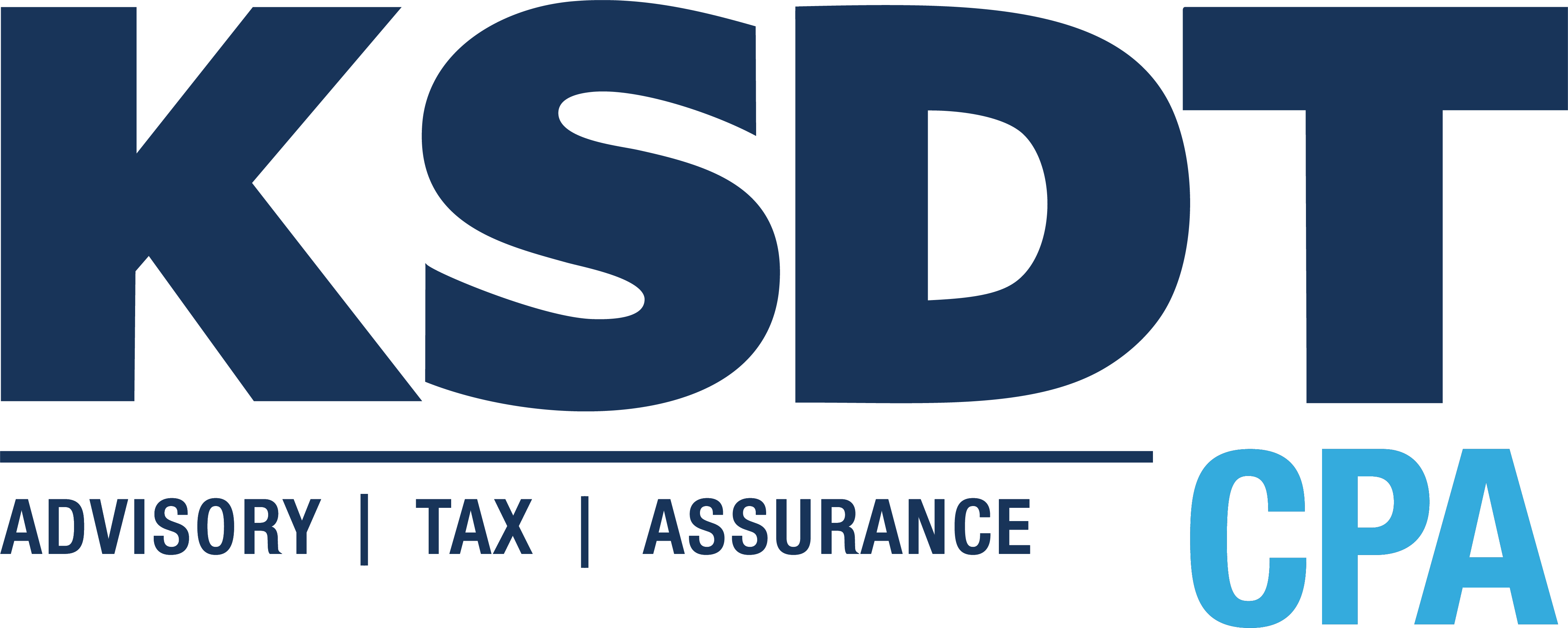Nine Tips to Dazzle and Retain Your Top Customers
Your top customers are your most important customers in your business, and it’s important that you hang onto them if at all possible. It’s much more cost-effective in most business models to retain repeat customers than it is to find new ones. Here are nine tips you can use to dazzle and delight your top customers: Read more
1. Know who they are by name.
Do you know which customers generated the highest sales for you last year? If not, let us run a Sales by Customer Summary sorted by descending revenue for you to be sure. Your top customers will be listed on the first lines of this report. These are the customers you should be contacting at least once a month, having lunch with periodically, or doing a few extra things for.
2. Know who sent the most business to you.
Do you track referrals? If not, you may want to consider adding a field to your accounting system if there’s room. At the least, you can use the report generated above and add a column to it labeled referral source. Drop in the person’s name that referred the customer to you. Once you’ve completed the field, you can re-sort it to total up the dollar value of each referral source.
You should be in monthly contact with these folks, just as if they were your top customers and even if they’re not a customer at all. Make a plan to lunch with these individuals and/or do something extra for them periodically to let them know you appreciate their referrals.
3. Ask customers how they would like to be contacted.
Do your customers prefer to be contacted via email? Phone? Text? In person? If a customer hates being called on their cell phone, wouldn’t you want to know?
Everyone is different, so find out by asking, and make a note in their file. Also find out how often they’d like an update. Some worriers might want to know daily, others prefer a short monthly email. The best time to do this is during customer onboarding or at the time of the first sale.
4. Find out what customers need from you.
At the end of each project, ask your customer two things:
a. How could we have served you better? b. What else can we do for you?
Then empty your mind and really listen. Take copious notes, don’t defend yourself, and thank your customer. Think about what they said, and implement what makes sense.
5. Provide a customer service contact and great support.
Does your customer know who to call when they need to talk with someone in your business? If the customer has a follow up question on their purchase or service, let them know what to do ahead of time so they won’t feel lost. This will make the customer feel at home and will have them coming back because of your great support experience.
6. Practice “consumption marketing.”
Consumption marketing is helping the customer fully consume their purchase from you. The more likely they are to get benefits from your product or service, the more likely they are to come back for more.
Help clients use your products and services to their fullest by creating a consumption marketing program that includes tips sheets, educational aids, how-to videos, instructional blog posts, and the like.
7. Develop multiple relationships.
If your customers are from large companies, strengthen that business by meeting multiple buyers within the company. If one employee leaves, it won’t be such a crisis to your account if you know multiple people in the company.
8. Say thanks promptly.
Send a thank you note to a new customer or referral source within a week of their purchase or referral. Acknowledge their action quickly and generously so that you make a great personal impression.
9. Create and implement a client retention plan.
Be proactive about customer retention by planning touch points throughout the year and systematizing the contact process with your top customers. This can be as simple as taking your top 12 customers out to lunch, one each month, or as complex as planning some kind of touch point – a newsletter, email, or thank you note – once a month for each of your top clients and referral sources.
Try any of these nine tips to dazzle your top customers and boost your customer retention for stronger sales.
